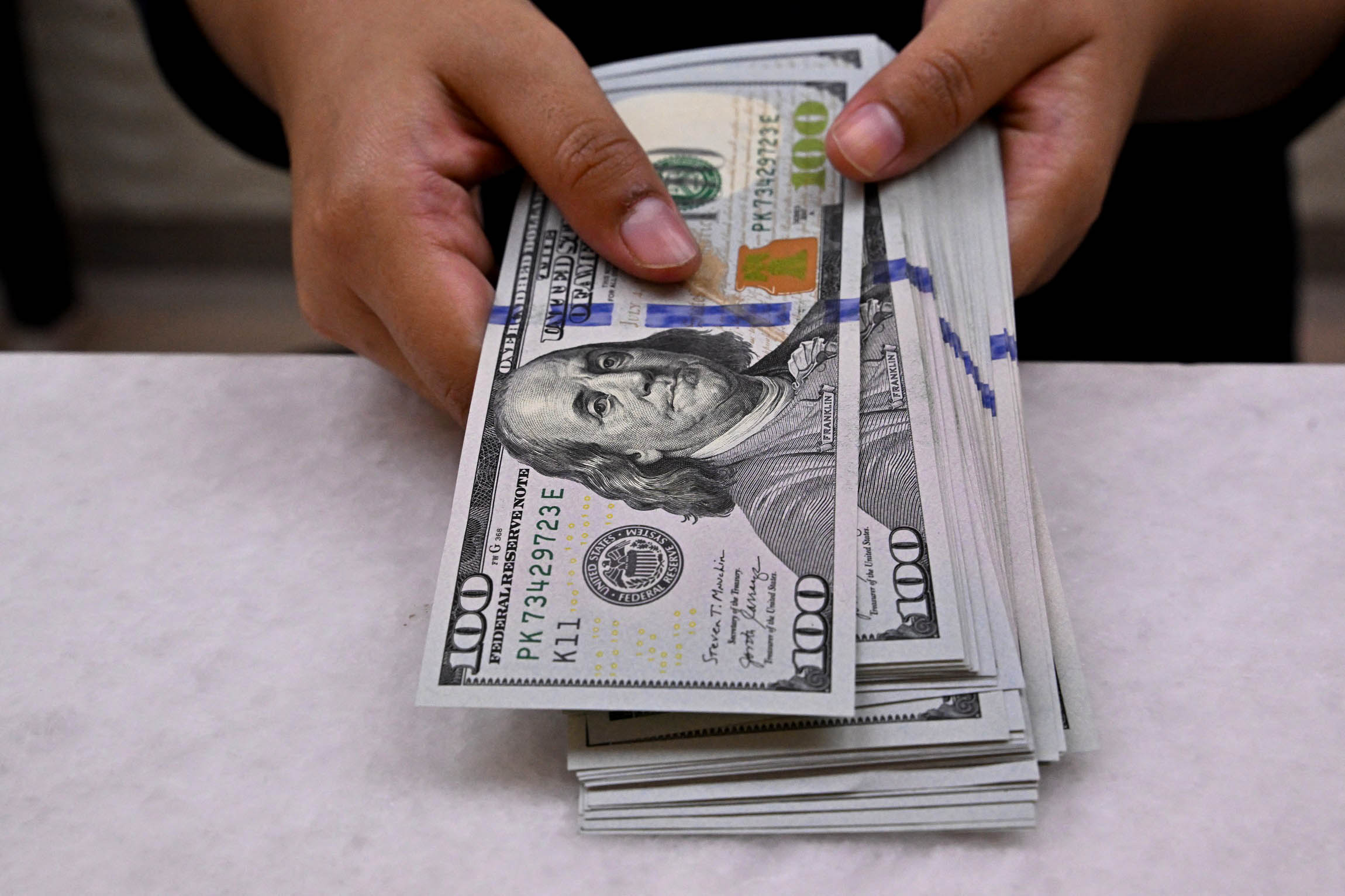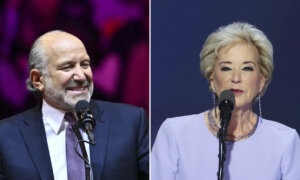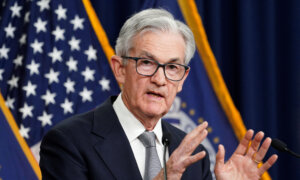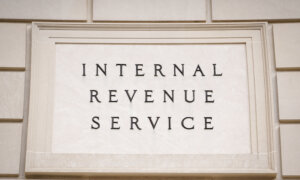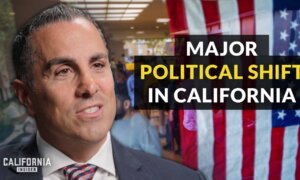Foreign investment in U.S. bonds surged for the fifth consecutive month as Treasury securities offer attractive yields.
Treasury International Capital (TIC) data published on Nov. 18 show foreign investors purchased $169 billion in U.S. government bonds in September, totaling a record $8.673 trillion.
Foreign investors bought a mix of short- and long-term bonds. Treasury bills—maturities between 30 days and 1 year—continue to appeal to bond investors, providing yields as high as 4.6 percent.
Japan and China, the two largest holders of U.S. debt, trimmed their holdings in September.
Tokyo erased about $6 billion, lowering its portfolio of Treasury securities to $1.123 trillion. Beijing reduced its holdings of U.S. government bonds by more than $2 billion to $772 billion.
While China has steadily decreased its exposure to Treasurys over the past several years, its holdings have changed little since September 2023.
Belgium ($41 billion), the United Kingdom ($21 billion), France ($16 billion), and Singapore ($9 billion) were the leading buyers, TIC figures show.
Hong Kong was the only other foreign market to register a nearly $3 billion decline.
The trend of foreign investment into U.S. Treasury securities has been unsurprising, given their strong demand at auctions over the last several months.
During the $42 billion auction of 10-year bonds on Nov. 5, indirect bidders—commonly foreign entities—purchased 62 percent of the supply. Direct bidders—domestic investors—bought less than a quarter of the issued bonds.
Foreign investors also acquired nearly two-thirds of the supply of 30-year bonds at the $25 billion auction on Nov. 6.
The yields in the United States bond market are some of the highest in the world. The U.S. Treasury market is also one of the largest and most liquid corners of international financial markets. Investors are hungry for yields with central banks unwinding their restrictive policy stances and launching a new easing cycle by cutting interest rates.
Despite the Federal Reserve following through on its rate-cut endeavors, Treasury securities have remained elevated. The benchmark 10-year Treasury yield, for example, has climbed nearly 80 basis points since the Fed lowered the federal funds rate for the first time in more than four years in September. As of Nov. 19, the 10-year bond is hovering at about 4.4 percent.
Treasury yield increases have also helped support the U.S. dollar.

The U.S. Federal Reserve is seen in Washington on Sept. 16, 2024. (Mandel Ngan/AFP via Getty Images)
The U.S. Dollar Index, a gauge of the greenback against a weighted basket of currencies, has surged nearly 2 percent over the past month, lifting its year-to-date gain to close to 5 percent. It also rallied to a one-year high of above 107.00 on Nov. 14.
The international reserve currency has rocketed on the futures market recently, shifting Fed policy expectations, with investors penciling only three quarter-point rate cuts by the end of next year, according to the CME FedWatch Tool.
“The potential for fewer cuts from the Fed and a more dovish ECB [European Central Bank] has been a big factor behind the dollar’s advance over the last few months,” Adam Turnquist, the chief technical strategist at LPL Financial, said in a note emailed to The Epoch Times.
Charles Seville, the senior director at Fitch Economics, believes the ECB will reduce interest rates faster amid weakening economic data.
“Although unemployment has yet to rise, labour markets are cooling and wage pressures subsiding,” Seville wrote in a research note last month.
“Past monetary tightening is clearly still affecting the economy. The ECB appears concerned that eurozone economic growth will undershoot its September forecasts, putting more downside pressure on inflation when it’s already close to target.”
The rate-setting Federal Open Market Committee will hold its next two-day policy meeting on Dec. 17 and 18.
The U.S. dollar’s future direction will also depend on Wall Street’s confidence that President-elect Donald Trump will extend the expiring Tax Cuts and Jobs Act and enact his sweeping tariff plans.
While a strengthening dollar benefits consumers and importers, it can also harm domestic companies that export their goods and services to foreign markets. The president-elect and his team have previously questioned the long-standing strong-dollar policy as they try to resurrect U.S. manufacturing.
“We have a big currency problem,” Trump told Bloomberg Businessweek this past summer, calling it a “tremendous burden” on U.S. businesses.
“Nobody wants to buy our product because it’s too expensive.”
However, Trump also pledged to protect the dollar hegemony and its chief reserve currency status, telling an audience of business leaders at the Economic Club of Chicago in October that the country could transition to “third-world status” if the dollar were dethroned.
